You've probably heard of the renowned Inca Trail if you're considering a trip to Peru and seeing Machu Picchu is high on your list of must-see places. But did you know there's a less well-known but no less amazing substitute? The Salkantay Trek provides travelers with an exciting and difficult path that takes them through the breathtaking Andes of Peru and to the revered city of Machu Picchu.
Everything you need to know about the Salkantay Mountain will be covered in this blog, from its fascinating history and cultural significance to useful advice for completing the hike. This guide will help you get ready for an amazing adventure, regardless of your level of hiking experience.
The Ultimate Guide to Conquering the Salkantay Mountain: A Journey Through History, Nature, and Adventure
What does "Salkantay" Mean?
The Etymology of Salkantay
In Quechua, "Salqa" means wild or untamed, and "Antay" means to repel or attack. This is how the name "Salkantay" originates.
When taken as a whole, "Salkantay" can be understood as "Savage Mountain" or "Wild Mountain," expressing both its formidable appearance and the difficulties that await those who venture to its summit. The name captures the mountain's ferocious nature and the reverence both locals and hikers accord it.
Salkantay in Incan Beliefs
Salkantay was regarded as a sacred mountain spirit, or "Apu," in Andean cosmology, with great influence over the surrounding landscape. The Incas held the Apus to be the guardians of the land, with the ability to regulate the climate, fertility, and even human destiny.
Being one of the highest peaks in the area, Salkantay was particularly revered, and pilgrims would frequently make offerings to placate its spirit and ask for protection when traveling.
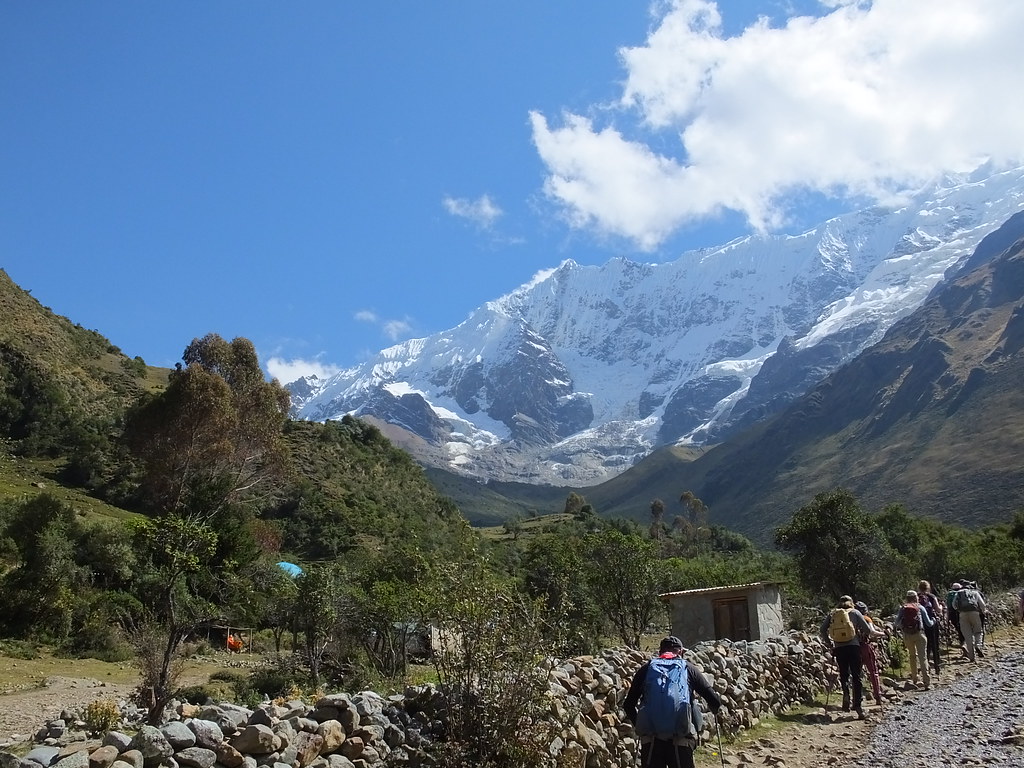
Cultural Significance of Salkantay
The importance of Salkantay goes beyond its actual location. It acts as a link between the natural and spiritual realms, symbolizing the relationship between the divine and the earthly world. Salkantay and other mountains were more than just geographical features to the Inca people; they were living things that were essential to the universe's harmony and balance.
Local communities still observe these customs today, seeing Salkantay as a representation of fortitude, sturdiness, and the enduring spirit of the Andes.
The Rich History of Salkantay Mountain
A Sacred Mountain in Incan Culture
Salkantay, which translates to "Savage Mountain" in Quechua, is a prominent figure in Incan legend. Salkantay was regarded by the Incas as a strong spirit who governed the fertility and weather of the region. The moniker of the mountain alludes to its formidable appearance and the awe that the prehistoric people felt towards it.
Geological Origins and Myths
The striking peaks of Salkantay were sculpted by tectonic movements, glaciers, and volcanic activity millions of years ago. The untamed terrain of the mountain is rife with myths and legends, tales that have been passed down through the ages regarding its formation and the mystical forces that call it home.
Why Choose the Salkantay Trek?
The Salkantay Trek is often overshadowed by the Inca Trail, but for those who crave a less crowded, more immersive experience, it’s the perfect choice. Here’s why:
1. A Path Less Traveled
Not requiring a permit, the Salkantay Trek is a more accessible option for last-minute planners than the Inca Trail. The trail offers a more varied and less crowded experience as it winds through a variety of landscapes, from cloud forests to snow-capped peaks.
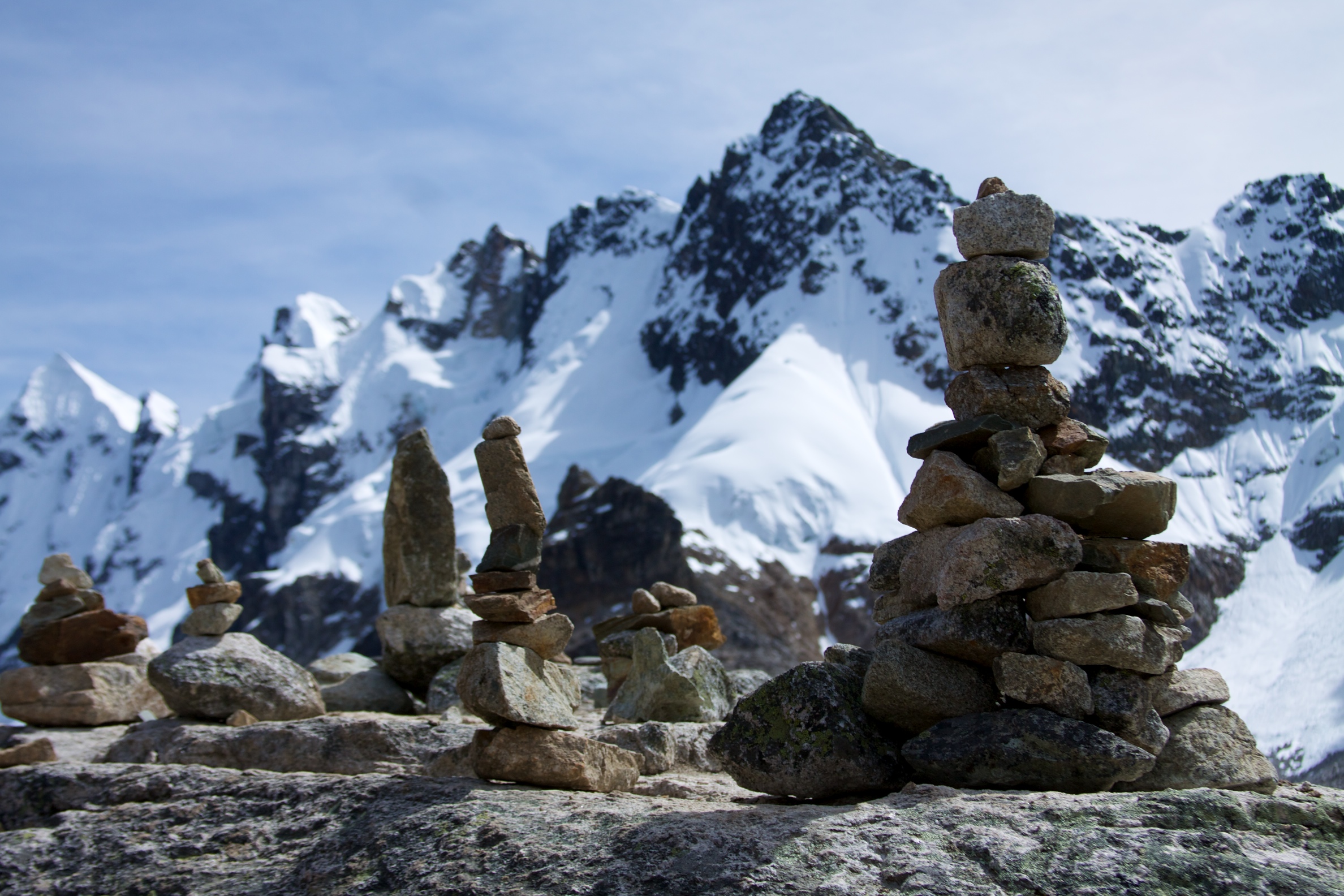
2. The Connection to Machu Picchu
The Salkantay Trek provides an exceptional viewpoint on the historical Incan culture. This trek, named for the powerful Salkantay Mountain, which the Incas revered as a god, gives you the opportunity to engage with the cultural and spiritual aspects of the area. At Machu Picchu, the journey comes to an end, offering a sense of achievement unmatched.
The Salkantay Trek: What to Expect
Trekking Distance and Elevation
At the Salkantay Pass, elevations of up to 4,620 meters (15,160 feet) are reached during the roughly 66 kilometers (41 miles) long Salkantay Trek. This makes the hike difficult, particularly on the first day, when the steep ascent puts even the fittest hikers to the test.
Day 1: Soraypampa to Wayramachay
Starting at Soraypampa, you will hike to the breathtaking Humantay Lake and then on to the highest point, Salkantay Pass. This day will never be forgotten because of the amazing views of snow-capped peaks and the accomplishment of reaching the pass.
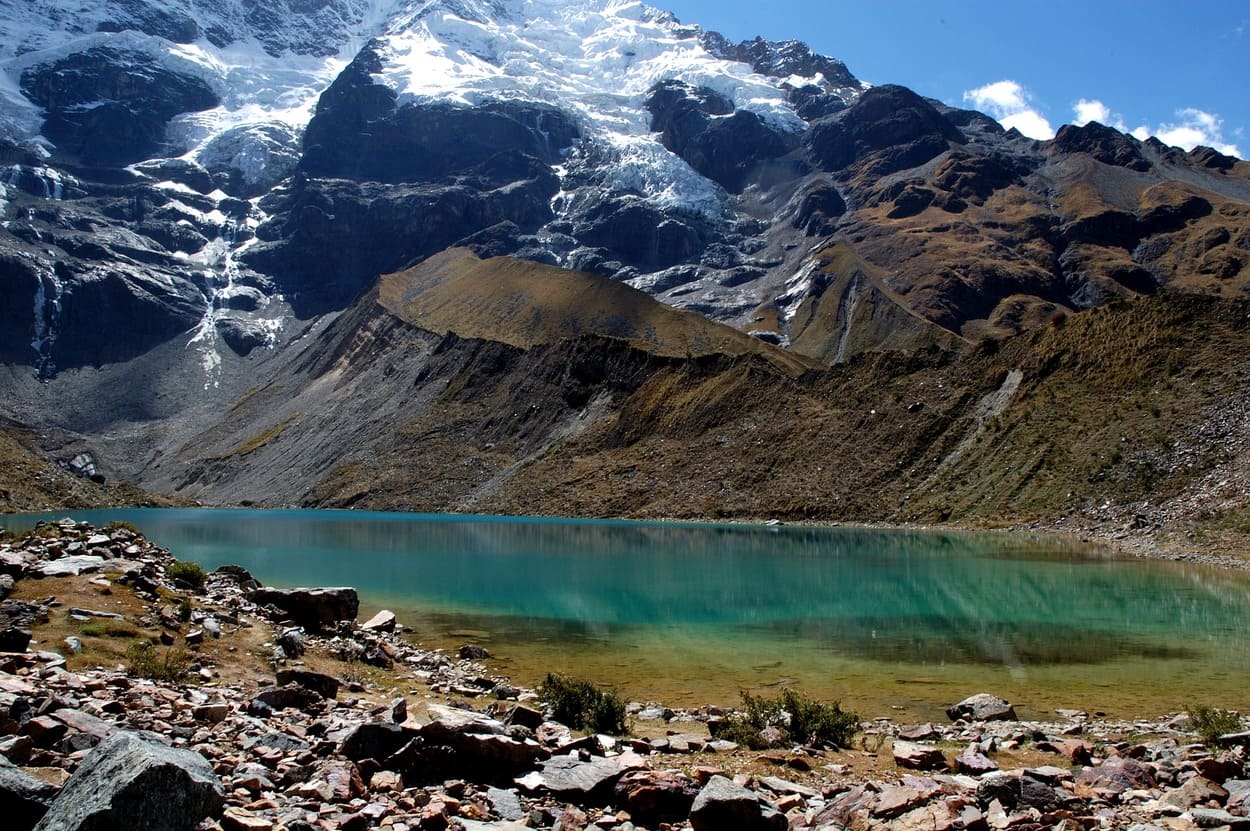
Day 2: Wayramachay to Loreta
Starting at Soraypampa, you will hike to the breathtaking Humantay Lake and then on to the highest point, Salkantay Pass. This day will never be forgotten because of the amazing views of snow-capped peaks and the accomplishment of reaching the pass.
Day 3: Loreta to Llactapata
You can get your first distant view of Machu Picchu when you arrive at the Inca ruins of Llactapata after continuing through the cloud forest. Because today is not as demanding, you have more time to enjoy the surrounding natural beauty.
Day 4: Llactapata to Aguas Calientes
Your journey ends at the town of Aguas Calientes, which serves as the entrance to Machu Picchu. You'll arrive, weary from days of hiking, feeling incredibly connected to the land and the long-gone civilization that once flourished here.
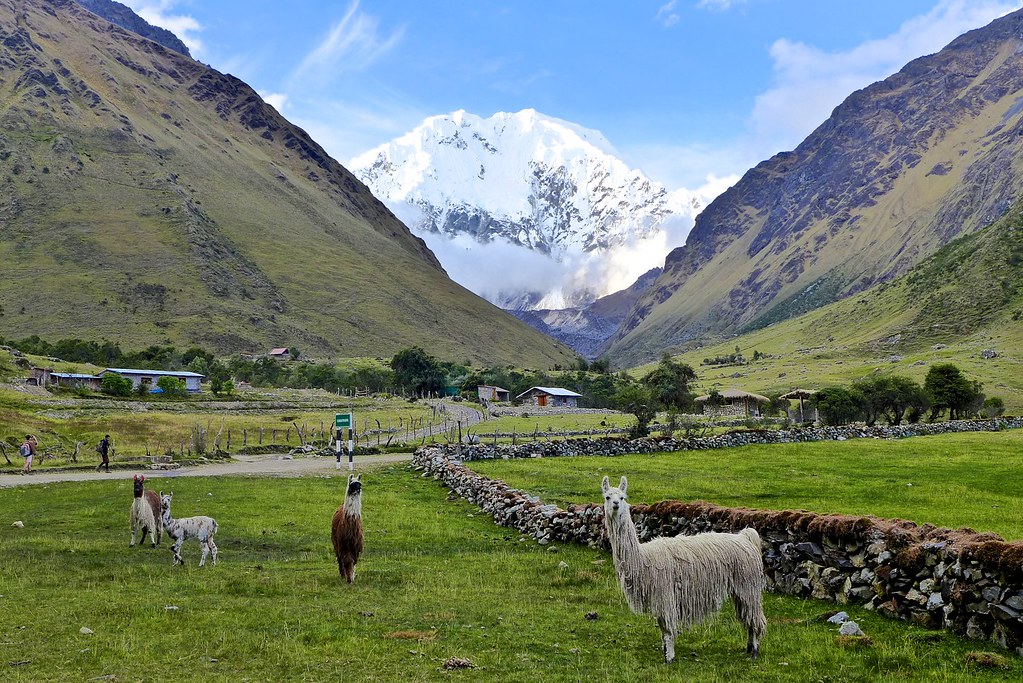
Day 5: Machu Picchu
A guided tour of Machu Picchu, where you can explore the breathtaking ruins and discover the site's history, marks the culmination of your journey. Even though the journey is over, the experiences and sense of accomplishment will last a lifetime.
Ideal Seasons for Trekking
The dry season, which runs from April through September, is the ideal time to hike the Salkantay Trek. The surrounding mountains are breathtakingly visible, and the weather is more stable. Because of the recent rains, the scenery is especially lush in May, and there are fewer people on the trail than during the busiest time of year.
What to Pack for the Salkantay Trek
Preparing for the Salkantay Trek requires careful planning. Here’s a list of essentials:
- Hiking Boots: Ensure they’re well-worn to avoid blisters.
- Layered Clothing: The weather can change rapidly, so pack layers that can be easily added or removed.
- Down Jacket: Essential for the cold nights at high altitudes.
- Waterproof Gear: A good quality waterproof jacket and pants are crucial for staying dry.
- Sun Protection: The high altitude means stronger UV rays, so bring sunscreen, sunglasses, and a hat.
- Trekking Poles: These can help reduce the strain on your knees during steep descents.
- First Aid Kit: Include altitude sickness medication, blister treatment, and any personal medications.
Is the Salkantay Trek Right for You?
Difficulty Level
Hiking the Salkantay Trek is rated as moderate to difficult. The first day of the trek is the hardest because it involves a large elevation gain, but if you're in good physical shape and give yourself enough time to adjust to the altitude, you should be able to finish the journey without any problems.
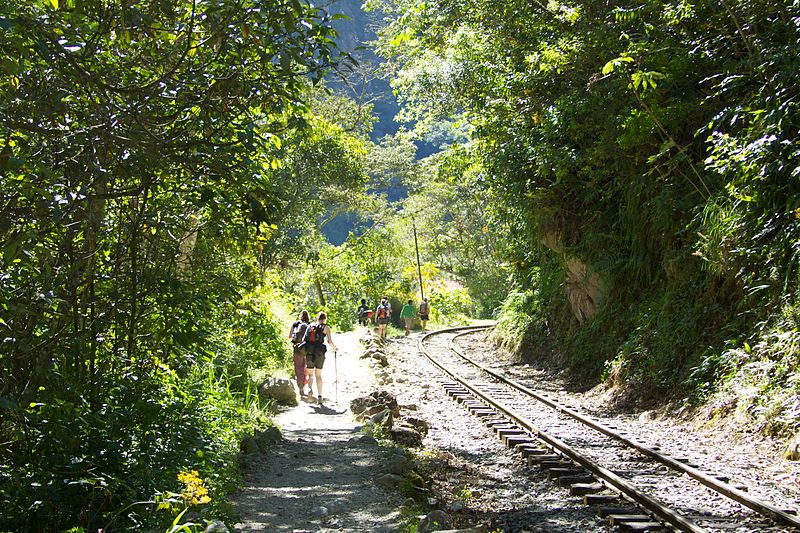
Acclimatization and Preparation
Acclimatization requires at least two days in Cusco prior to the hike. This will lessen the chance of altitude sickness and assist your body in acclimating to the altitude. Additionally, if you're thinking about taking the medication Diamox to help prevent altitude sickness, talk to your doctor.
A genuinely exceptional and fulfilling adventure through one of the most stunning areas on earth is provided by the Salkantay Trek. This journey is an incredible experience that takes you to the magnificent Machu Picchu, and it has a rich history and cultural significance in addition to being physically demanding and breathtakingly beautiful. The Salkantay Trek is an experience that will leave you with memories to cherish for a lifetime, regardless of experience level.
Ready to embark on the adventure of a lifetime? Book your Salkantay Trek with Peruvian Sunrise, your trusted Peru Travel Agency. Explore our Customized Peru Itineraries, Family-Friendly Tours to Peru, and Guided Tours of Peru. Contact us today to secure your spot on one of our Peru Vacation Packages and experience the magic of Machu Picchu with us. Don’t wait—your journey begins here!
Ready to start your Peruvian adventure? Contact us today to begin planning your customized tour! Complete our Peru travel survey or email us at info@peruviansunrise.com, and let's make your dream trip a reality.
Thank you for reading!
Please, follow us on Facebook and Instagram, click on the following icons: ![]()
![]()
![]()
And If you liked the article, you are very welcome to share it on your social media.
